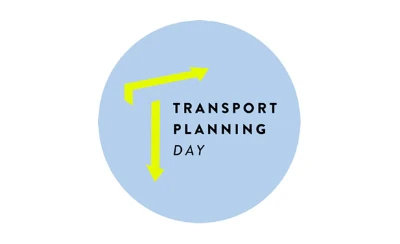| Session: | Cycling Infrastructure Design, Online |
| Date: | 25 Sep 2025 (past event) |
| Location: | Online |
| Training provider: | PTRC Education and Research Services |
| Cost: | Standard Fee: £385 CILT Member/ Local Authority/ Charity Fee: £365 |
| Contact: | PTRC Training |
| Telephone: | 02073481970 |
| Email: | info@ptrc-training.co.uk |
| Type: | Course |
| STAR Competence: | 7.3 Cycles |
Objectives:
This course explores different approaches to making cycling feel convenient and safe in urban areas, illustrated by case studies of innovative cycle infrastructure design. We will help you to understand how to plan networks and interventions to suit different circumstances. We will show the best available methods for designing for cyclists at junctions, main roads and quieter streets.
Cycling is quickly becoming established as a mainstream mode of transport, especially in our larger cities. All the evidence point to its benefits: quicker journeys in urban areas, improved access to jobs and services, reduced congestion, better health and liveability. Getting more people, of all ages and abilities, onto bikes is a key ingredient in the recipe for delivering better, more competitive and more progressive cities.Retro-fitting high quality cycling infrastructure is a significant challenge for engineers. Restricted space, UK driving rules and culture and political support are key challenges.
Topics:
Topics covered
• UK cycling design policies and guidance• International examples of good practice• Network planning• Scheme appraisal and evaluation framework• Stakeholder participation and engagement• Designs for on-street and off-street facilities and infrastructure• Monitoring and evaluation• Maintenance and management regime
Target Audience:
This course is designed for traffic and highway engineers who need to learn more about the principles of designing for cyclists. It will also benefit those who shape the environment through planning and street design.
More Information:
At the end of the course, participants will have:
• An understanding of the policies underlining cycle infrastructure design and provision
• An understanding on how to set out a network plan, appraisal of individual project and prioritisation
• Understand the role of consultation and participation with stakeholder and communities
• An understanding of the range of cycle infrastructure options available and how it is applied in the UK and internationally
• Understand user requirements for cycle infrastructure and facilities
• A clear understanding of how to apply cycle infrastructure design principles on the ground effectively
• An understanding of the role monitoring and review plays in the delivery of a ‘fit-for-purpose’ scheme
• A firm understanding of the importance of maintaining cycle facilities and infrastructure








